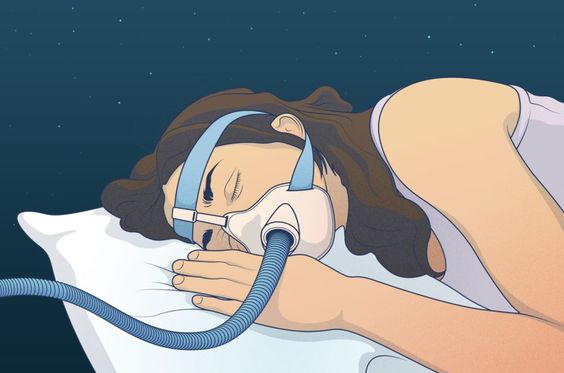Introduction
Sleep apnea is a common sleep disorder characterized by pauses in breathing or shallow breaths during sleep. These pauses can last from a few seconds to minutes and can occur multiple times per night. The most common type of sleep apnea is obstructive sleep apnea, in which the airway becomes blocked or narrowed during sleep.

Sleep apnea disrupts sleep quality, leading to daytime sleepiness, fatigue, and difficulty concentrating. It can also have serious health consequences, increasing the risk of high blood pressure, heart disease, stroke, and type 2 diabetes. Recognizing the signs and symptoms of sleep apnea is crucial for seeking timely diagnosis and treatment.
Signs and Symptoms of Sleep Apnea
Common signs and symptoms of sleep apnea include:
- Loud snoring: A common symptom, particularly snoring that's interrupted by periods of silence.
- Gasping for air during sleep: Noticeable pauses in breathing followed by gasping.
- Excessive daytime sleepiness: Feeling excessively tired even after a full night's sleep.
- Morning headaches: Frequent headaches upon waking.
- Difficulty concentrating: Trouble focusing during the day.
- Irritability and mood changes: Experiencing mood swings, irritability, or feelings of depression.
Diagnosing Sleep Apnea
If you suspect you or someone you know may have sleep apnea, it's essential to consult a healthcare professional. Diagnosing sleep apnea typically involves:
- Medical history review: Your doctor will ask about your sleep habits, medical history, and any symptoms you're experiencing.
- Physical examination: A physical exam can help identify any contributing factors.
- Sleep study (polysomnography): This test monitors your breathing, heart rate, brain activity, and other factors during sleep to diagnose sleep apnea.
Sleep Apnea Treatment Options
Treatment for sleep apnea typically aims to keep your airway open during sleep and improve sleep quality. Common treatment options include:
- Lifestyle changes: Losing weight, quitting smoking, and avoiding alcohol and sedatives before bed can help.
- Continuous positive airway pressure (CPAP): This is the most common treatment for sleep apnea. A CPAP machine delivers pressurized air through a mask worn over your nose or nose and mouth, keeping the airway open during sleep.
- Oral appliances: Custom-fitted devices worn in the mouth to help keep the airway open.
- Surgery: In some cases, surgery may be recommended to remove excess tissue or correct structural issues that obstruct the airway.
The Importance of Seeking Treatment
Untreated sleep apnea can have a significant impact on your health and quality of life. By seeking diagnosis and treatment, you can improve your sleep, reduce your risk of health complications, and enhance your overall well-being.

.jpg)